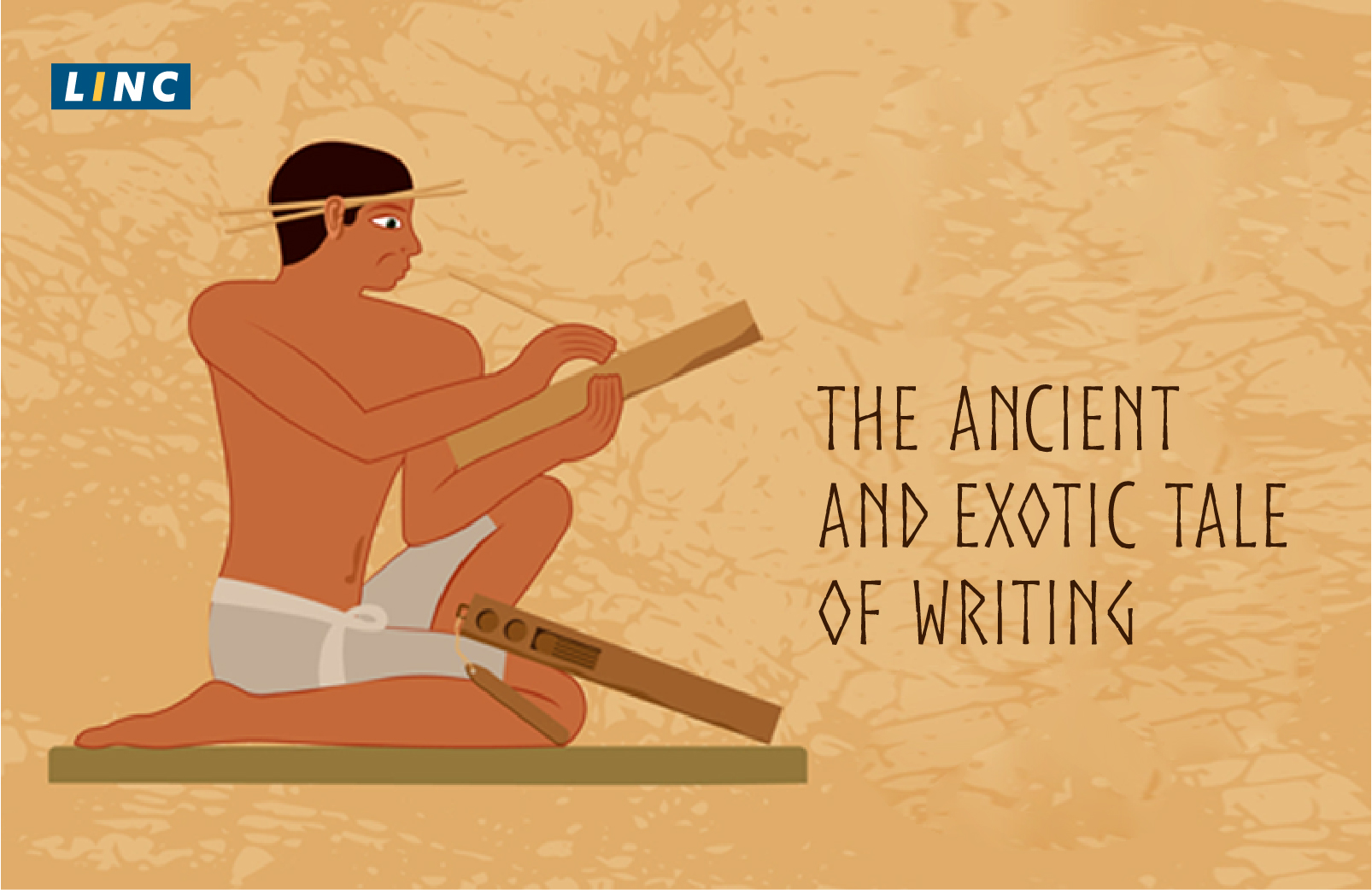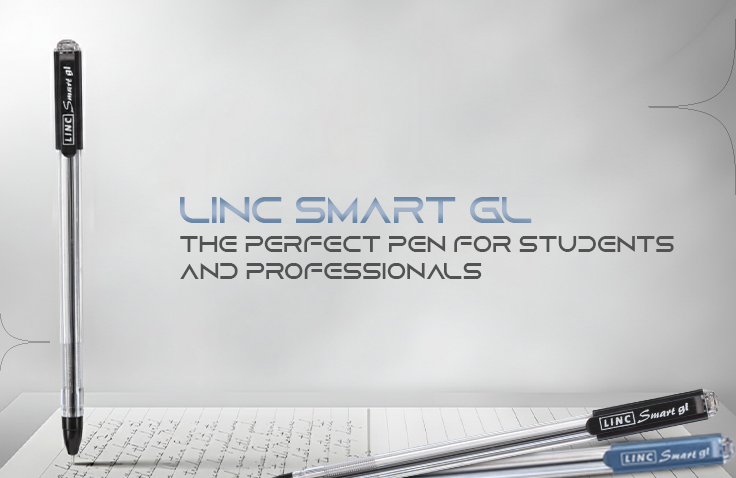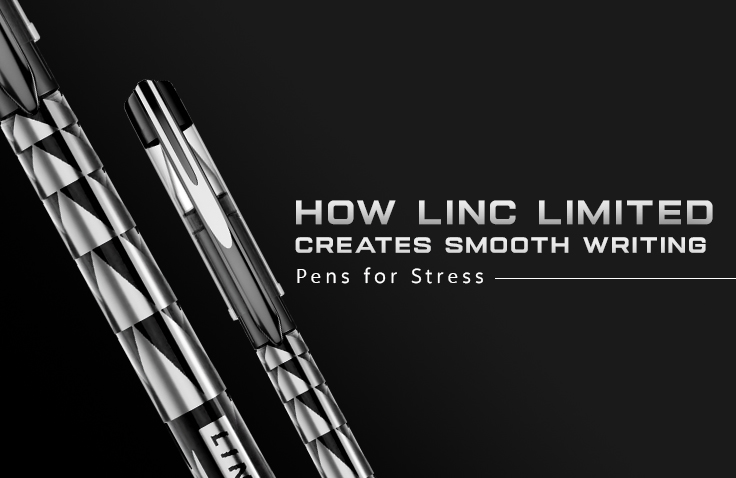From Egypt to Exceptional: Tracing the Origins of the Pen

It's not wrong to say that pens and ink have facilitated the foundation of human civilization. The greatest works by mankind would not be known to us if it were not for the pen. Allowing us to record, transmit and communicate information effectively, its purpose has served the world for generations after generations.
But ever wondered how it all began?
Of course, it began with an idea! To document, to keep proof and existence, and above all, to pass information down from one hand to another. But it was so much more than that.
The pens we see in front of us today are the result of consistent perfection. This was only possible due to the initiative that many people and companies undertook to give shape to writing, structure, and in the process, history itself.
Here’s a look into the origins of the mighty pen!
Egypt
As old as writing itself, the first tool to make language tangible and permanent is known as the reed pen. The invention can be credited to the scribes of Ancient Egypt in 2000 BC who were in the pursuit of a replacement for styluses and writing in clay. This instrument was made from a single reed straw where its end was cut into the shape of a nib from where ink would flow. However, it had certain shortcomings - its point didn’t last long and it was too rigid in nature.
Spain
Where reed pens failed to deliver, the invention of the bird feather-based quill pen rose and captured worldwide favor and appreciation. Did you know that the Declaration of Independence was written using a quill? The inception of this instrument in the 6th Century was a major turning point in history since writing became smoother and quicker, allowing finer lines and decorative styles of handwriting to be represented.
From all of history’s writing instruments, it was the quill that stayed in existence for the longest time.
France
The fountain pen emerged as the solution to having to stop and dip for ink, aiming to save time and effort while writing. Brainchild of Petrache Poenaru in 1827, the internal reservoir of liquid ink made it highly useful for writers due to its newfound portable feature. In fact, the pen at the time of registration carried the following description along with it:
”plume portable sans fin, qui s’alimente elle-meme avec de l’ancre”
This translates into a “never-ending portable pen, which recharges itself with ink.”
America
With an aim to write on hard surfaces like leather, John J. Loud created a pen in 1888 whose design included a steel ball held in a socket that rotated and applied ink on surfaces. However, its major drawback was the fact that it failed to work on paper. That is, until a certain someone called László Bíró, Hungarian newspaper editor, created a pen whose ink would dry quickly without smudging and did not require constant refilling.
He and his brother, who helped him with the inception of the pen, went on to open a factory in Argentina and sold them as ‘Birome’. Even while Loud’s invention was not commercially viable, it opened up new avenues of experimentation that were later taken up by the likes of Milton Renolds and Marcel Bich in the ’50s for the improved pens that we can see today.
Japan
The years 1962 and 1963 saw great developments in Japan. As a modern development of the Tokyo Stationery Company, what we know as marker pens and highlighters today were just introduced then as the first fibre or felt-tipped pens. These were invented by Yukio Hore and were prized for their ability to write on a variety of surfaces while enjoying use in many creative environments.
It was also during this time that Japanese company Ohto made the rollerball pen public. Rather than using the traditional oil-based ink, this ball-tipped pen used water-based inks while bearing close affinity to the writing style of a fountain pen. Success followed shortly as it enjoyed great reception and became huge in popularity. Paving the way forward, the years after saw modifications to the existing model such as rubber covering for better grip and gel-based ink for waterproof and fade-resistant properties.
While many wrote their way to fame, not many found the success they so desired. Much like John Loud and his ballpoint pen that never quite made it to the big markets, there were many whose efforts did not fall under the spotlight.
Sakura Color Products Corp. in 1982 made the world’s first water-based pigmented ink.
Marcel Bich in 1950 who believed in ballpoint pens, modified them and made them affordable.
Many faces from many places that contributed to the pen we use today, are just not seen. So let's try and treasure the exceptional, everyday object we use - the product of countless modifications and revisions over thousands of years.
After all, it's only through history that we truly learn to appreciate what we have.





Leave a Reply